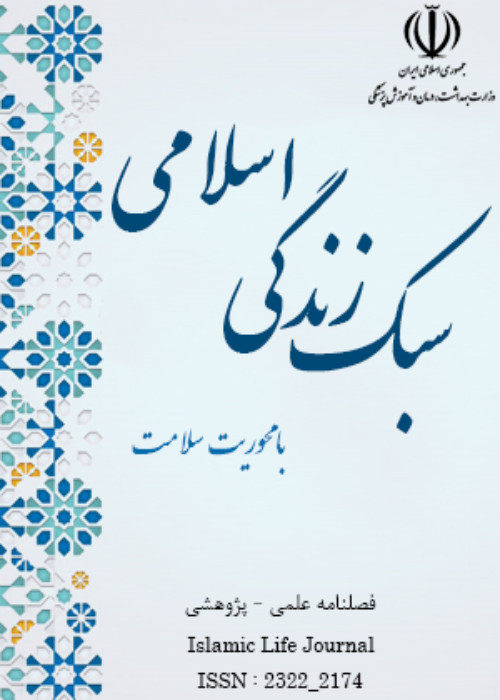Presenting the Educational Leadership Development Model of the Managers of Fars Higher Education Centers in Line with Organizational Culture and Meritocracy
The main purpose of this research was to provide a model of educational leadership development for directors of higher education centers in Fars province.
The present research method was mixed (qualitative-quantitative). The statistical population of this research in the qualitative part was all the experts, experts, managers and educational leaders in the higher education centers of Fars province. Sampling continued until data saturation was reached and interviews were conducted with 13 members of the statistical population. The statistical population of this research in the quantitative part was all the professors of the academic staff in the higher education centers of Fars province. To determine the sample size, Morgan's table was used and 350 people were selected as the statistical sample size. The sampling method was stratified random. In the qualitative part of the research, a semi-structured interview tool was used to collect information. In the quantitative part of this research, a questionnaire tool was used to validate the research model. To analyze the data in the qualitative part, the foundation data method (coding) was used. And in the next part, confirmatory factor analysis method was used to validate the model using structural equation approach in Smart PLS software.
the central category (educational leadership development) is a function of causal conditions (educational system structure, organizational perspective, leadership skills, leadership style), contextual conditions (leader's personality traits, organizational culture and technology) and intervention conditions. (leadership abilities, leadership attitude, financial resources of the organization and organizational factors). These factors provide the conditions for applying actions and interactions (strategies) (teamwork and collaboration, meritocracy, training for leaders, resource management, leadership development, improving the structure of the organization and knowledge management) that result (employee empowerment, performance improvement organizational, improving the quality of education, developing research, improving leadership skills, improving employee participation, organizational decisions, optimal allocation of resources).
The final model of intelligent leadership was confirmed with the components identified in the qualitative section. These results are presented in the form of the foundation's data template for the use of university presidents and university faculty members.
- حق عضویت دریافتی صرف حمایت از نشریات عضو و نگهداری، تکمیل و توسعه مگیران میشود.
- پرداخت حق اشتراک و دانلود مقالات اجازه بازنشر آن در سایر رسانههای چاپی و دیجیتال را به کاربر نمیدهد.


